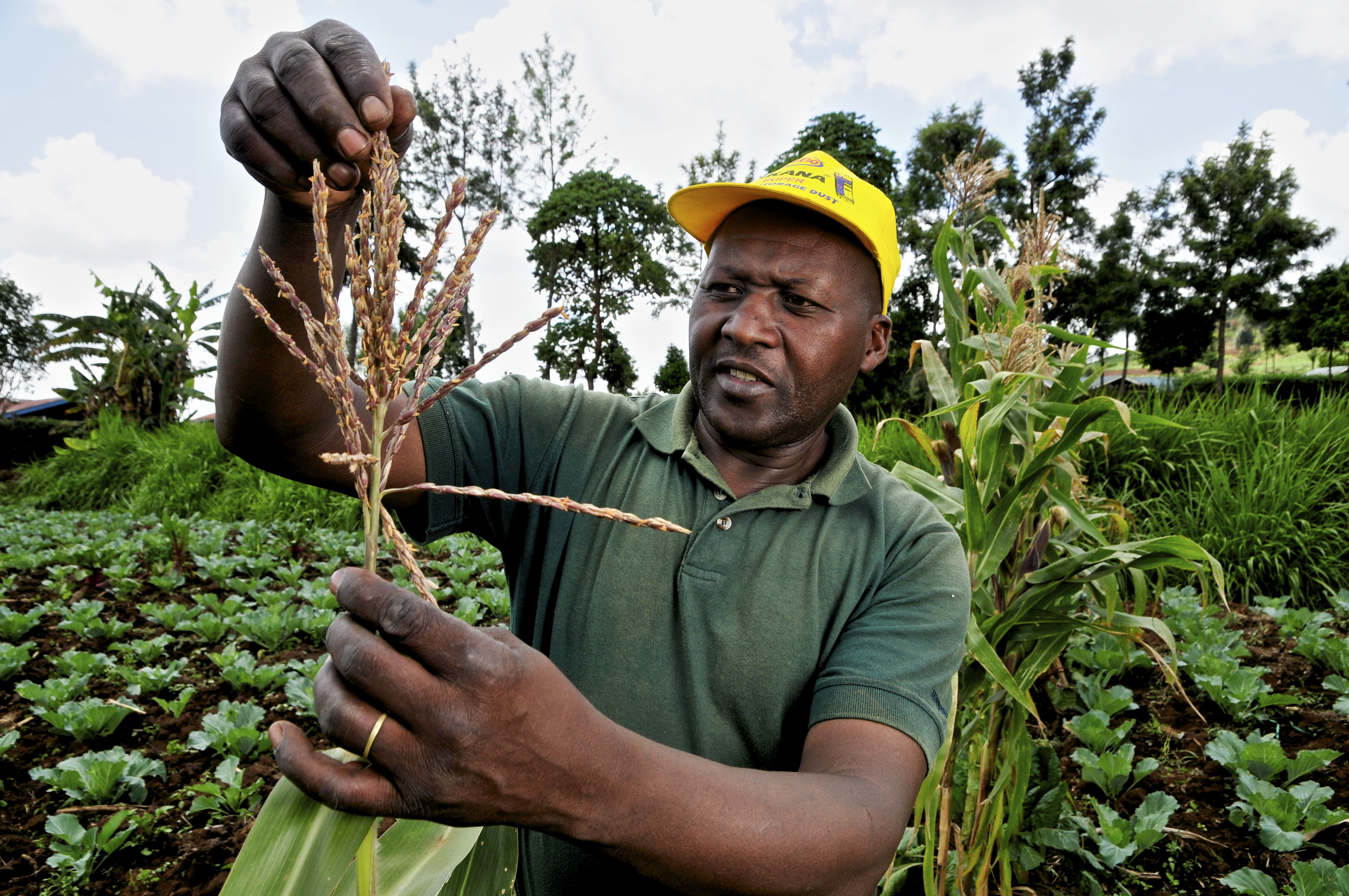Is Soil the Great New Integrator?
Author: Lisa Palmer | Published: March 28, 2017
Carlos Hernando Molina pressed his boot onto the shovel and the blade cut into the earth. He rocked the handle, turned over the clump of soil, and fingered the dirt to point out the worms, bugs and plant fibers as the soil crumbled.
His land was alive. Worms twisted and beetles scurried to hide. Microorganisms were there, too, but you couldn’t see them working to help plant fibers decompose, making the soil ready to supply nutrients to roots. The shovel-full of soil was the definition of healthy, but it didn’t always look this way.
Much of the agricultural land devoted to grazing cattle around Molina’s farm in Latin America—and pastures in the U.S.—does not look like his, which contain tree-lined fields that are planted with dense layers of shrubs, grasses, and ground cover. Open grassland or vast acres of monocrop land is more the norm.
But the open land is susceptible to the loss of topsoil from wind and heavy rain, the loss of moisture from increasing cycles of drought, and a decline in nutrients that crops need to grow. In coastal areas, soils are increasing in salinity. In parched areas, it’s blowing away.
Farmers, researchers and development agencies are all increasing their focus on soil. Globally, change in the way land is used and managed puts pressure on soils to do more. Farmers are growing more monoculture crops; rotating them less; and leaving behind pesticide residues, polluted waters from fertilizer run off, carbon loss, and depleted aquifers.
Molina and other farmers I’ve met with over the years are bucking the trend. Their attention to soil has been a business decision, leading to increased production and yields, and has helped them withstand weather extremes.
It’s catching on: In a recent survey, insight from 2,020 farmers from across the United States reflected enthusiasm for cover crops to help improve soils—for the fourth year in a row—and found a yield boost in corn and soybeans following cover crops.
In West Texas, for example, Barry Evans has not plowed his fields in 20 years. By leaving the dried stubble in the fields where he grows sorghum and cotton, he said he “banks the water,” describing how he retains moisture from precious droplets of rain. By not tilling the fields, the residue from cotton, sorghum and wheat grown as a cover crop has created an organic mat that protects the soil from wind and shatters rain drops as they fall, gently dispersing the water and allowing it to filter into the aquifer.

